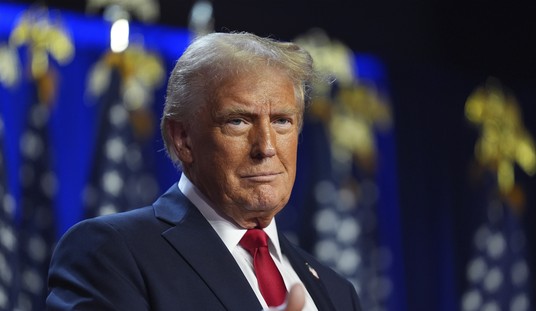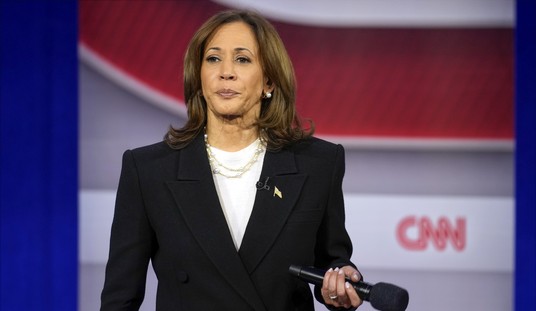Overall U.S. unemployment is 9.1 percent. For white adults, it's 8 percent, and for white teens, 23 percent. Black adult unemployment stands at 17 percent, and for black teens, it's 40 percent, more than 50 percent in some cities, for example, Washington.
Chapter 3 of "Race and Economics," my most recent book, starts out, "Some might find it puzzling that during times of gross racial discrimination, black unemployment was lower and blacks were more active in the labor force than they are today." Up until the late 1950s, the labor force participation rate of black teens and adults was equal to or greater than their white counterparts. In fact, in 1910, 71 percent of black males older than 9 were employed, compared with 51 percent for whites. As early as 1890, the duration of unemployment among blacks was shorter than it was among whites, whereas today unemployment is both higher and longer-lasting among blacks than among whites.
How might one explain yesteryear's lower black unemployment and greater labor force participation? The usual academic, civil rights or media racial discrimination explanation for black/white socio-economic differences just wouldn't hold up. I can't imagine even the most harebrained professor, civil rights leader or media "expert" arguing that there was less discrimination a century ago and that explains why there was greater black labor market participation. Racial discrimination or low skills can explain low wages but not unemployment.
During the 1930s, there were a number of federal government interventions that changed the black employment picture. The first was the Davis-Bacon Act of 1931, which mandated minimum wages on federally financed or assisted construction projects. During the bill's legislative debate, the racial objectives were clear. Rep. John Cochran, D-Mo., said he had "received numerous complaints ... about Southern contractors employing low-paid colored mechanics getting work and bringing the employees from the South." Rep. Clayton Allgood, D-Ala., complained: "Reference has been made to a contractor from Alabama who went to New York with bootleg labor. ... That contractor has cheap colored labor that he transports, and he puts them in cabins, and it is labor of that sort that is in competition with white labor throughout the country." Rep. William Upshaw, D-Ga., spoke of the "superabundance or large aggregation of Negro labor." American Federation of Labor President William Green said, "Colored labor is being sought to demoralize wage rates." For decades after Davis-Bacon enactment, black workers on federally financed or assisted construction projects virtually disappeared. The Davis-Bacon Act is still on the books, and tragically today's black congressmen, doing the bidding of their labor union allies, vote against any effort to modify or eliminate its restrictions.
Recommended
The National Industrial Recovery Act of 1933 and the Fair Labor Standards Act of 1938 broadened the number of workers covered by minimum wages, with negative consequences for black employment across a much wider range of industries. Good intentions motivate most Americans in their support for minimum wage laws, but for compassionate public policy, one should examine the laws' effect. That's seen by putting oneself in the place of an employer and asking, "If I must pay $7.25 an hour to no matter whom I hire, does it pay me to hire a worker who's so unfortunate as to have skills that enable him to produce, say, only $4 worth of value an hour?" Most employers would view hiring such a worker as a losing economic proposition; therefore, a minimum wage law discriminates against low-skilled workers by reducing employment opportunity.
Being unemployed has significant negative social consequences, one of them noted in the 1960s by Sen. Daniel Patrick Moynihan, who raised the alarm about the link between joblessness and the decline of the black family, saying that men without work become less attractive as marriage partners. Between 1890 and 1940, a slightly higher percentage of black adults had married than white adults. Today black marriage rates have fallen precipitously, where 72 percent of black children are born to unwed mothers.
























Join the conversation as a VIP Member